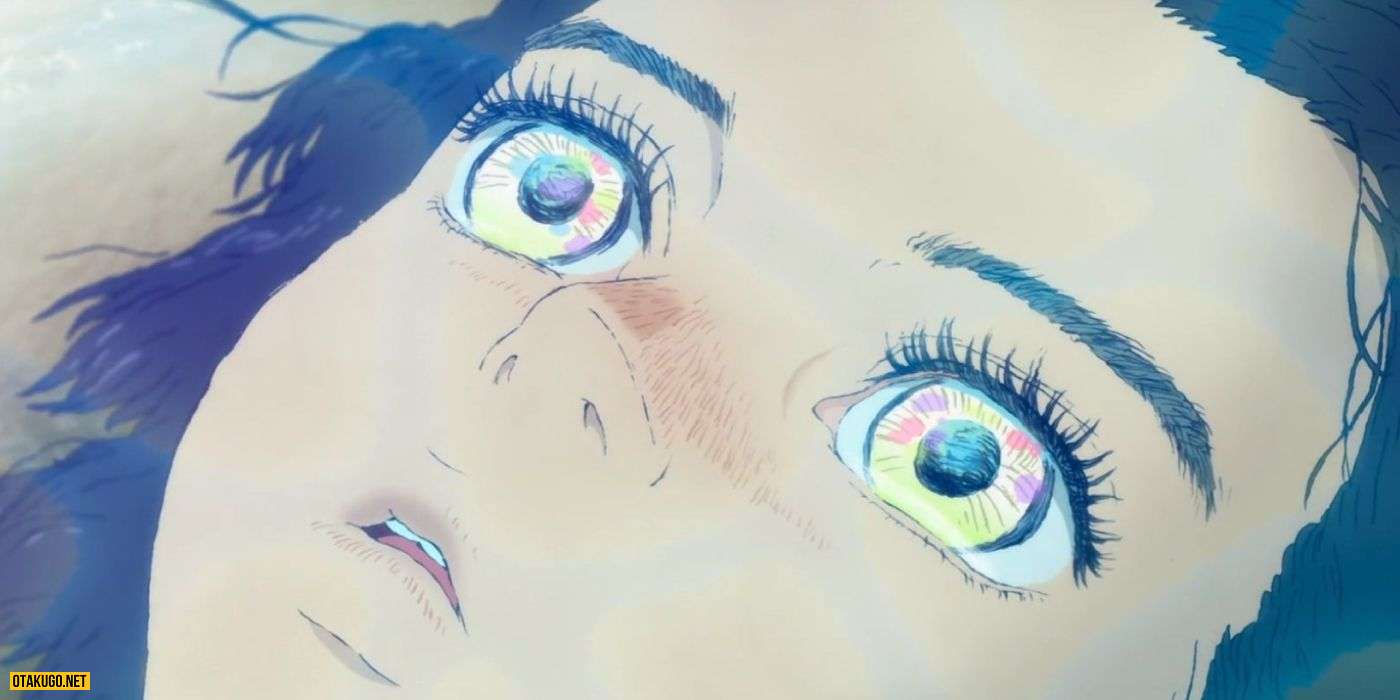
Children of the Sea is a confusing movie. Directed by Ayumu Watanabe and adapted from Daisuke Igarashi’s five-episode manga series, the series is being streamed in the United States on Netflix, meaning new audiences have a chance to be hooked, dazzled, and ultimately captivated. fooled by Watanabe’s psychedelic antics.
Far away, the most puzzling part of the film is the climax, in which Ruka (the main character) gets caught up in a whirlpool of intergalactic marine life and spits out the other end with a life-changing perspective. As a visual sight, it stands out. As the story goes, it’s almost incomprehensible. This is not the kind of movie that can be easily or objectively decompressed, but here is an explanation that will hopefully make handling the last forty minutes a little easier.
Children of the Sea: Thematic Summary
Before diving into what actually happened, it would be helpful to review the core concepts of the film. Often voiced by Angela, Children of the Sea is concerned with a kind of relationship between the micro and macro worlds. Essentially, an idea is a part (microworld) that reflects the whole (macro world). This is an esoteric model for exploring man’s place in the universe. It flows into the idea that a person is not only a part of the universe, but also the universe itself.
It’s easy to see how this idea invites the kind of transcendent, liberating experience conveyed by the film’s climax. Indeed, in what Watanabe revealed was indirectly inspired by Stanley Kubrick’s 2001: A Space Odyssey, the “festival” of the Children of the Sea swept over viewers like a huge wave of strangeness. existential. It’s a dissociating experience, imbued with abstract dialogue and kaleidoscopic imagery. There’s no shame in feeling lost — like it or not, that’s what Watanabe is all about.
The Children’s Festival of the Sea is a huge explosion filled with water
The festival brings everything together and gives birth to it anew; think of it like a Big Bang filled with water. It was too grandiose and sublime for anyone, but it seemed to be a kind of celebration of existence. At the center of the event are Umi and Sora, mysterious, ghostly seafaring missionaries. They don’t fully understand their roles, spending most of the film’s time being swept up in the flow of fate.
When Sora loses his physical form, he chooses a human as his “guest” who will carry a meteorite (think of this as a seed) into the belly of a humpback whale. Umi (considering him as an egg) takes the meteorite from the guest and “fertilizes” the universe. Ruka is a guest. Sora assigns this role by feeding Ruka meteorites, and this propels her on the acid trip of a lifetime.
What really happened at the end of Children of the Sea?
This is where things get weird and hard to explain, so there’s no one-size-fits-all explanation. Ruka is swallowed by a whale. She goes through a series of galactic memories and symbols and meets the figure of Sora. Together with the viewer, she is given a choice: close her eyes and accept that her job is done, or challenge herself to decipher the coming madness. Ruka embraces the festival, experiencing ego death as she comments, “Am I the universe?” Call back this micro-macro business: yes, that’s her.
Suddenly appearing, Umi took the meteorite from Ruka, who was trying to stop him from swallowing it. She experiences a series of memories of him, Umi shrinking to a child and Ruka stuffing the meteorite into his mouth. Combining meteors (seeds) with Umi (eggs) ends the festival — complete rebirth. When it was all over, Ruka woke up in the ocean, Umi and Sora lost their physical form. Oddly enough, this is Ruka’s coming-of-age story. Even if she doesn’t understand everything, she still matures as a human.
Ruka is unlikely to see Umi and Sora again. However, she understands that they are connected by the world around her, which is why she feels their presence while standing on the beach during the post-credits scene. Continuing this idea, it might be easier to think of Umi and Sora as the sea and the sky, as their name translates. They are always there with Ruka (who, again, translates to earth), even if they don’t have a human body. After all, everything in the film is part of one great, interconnected story. Things are different, but they are exactly the same. As Carl Sagan puts it, people are “star things”. People, animals, sea, sky, stars—they are all one with each other.
Children of the Sea has a lot to offer. Love the ending or hate it, Watanabe pours everything into it, ensuring that the climactic events are rich in symbolism for anyone crazy enough to seek it out, and swam with enough stunning visuals to placate those that person just needs to let the car ride. The film cuts quite a bit from the manga, so those who want a less fragmentary, slower-paced Children of the Sea will find it in the original material.
Children of the Sea is currently showing on Netflix.
Source Link: https://shavenvn.net/children-of-the-sea-the-anime-movies-ending-giai-thich-tot-nhat-co-the.sh

Original Post: https://otakugo.net/children-of-the-sea-the-anime-movies-ending-giai-thich-tot-nhat-co-the-119478.og
Website: https://otakugo.net/

